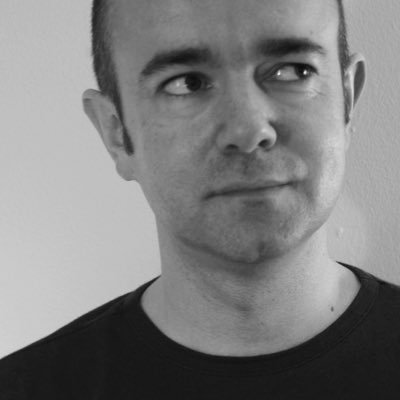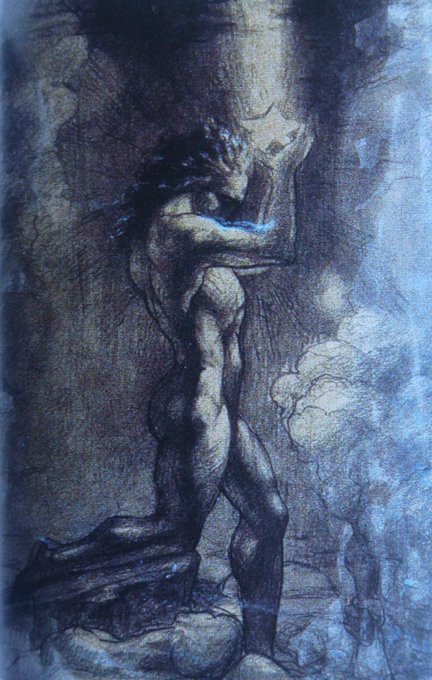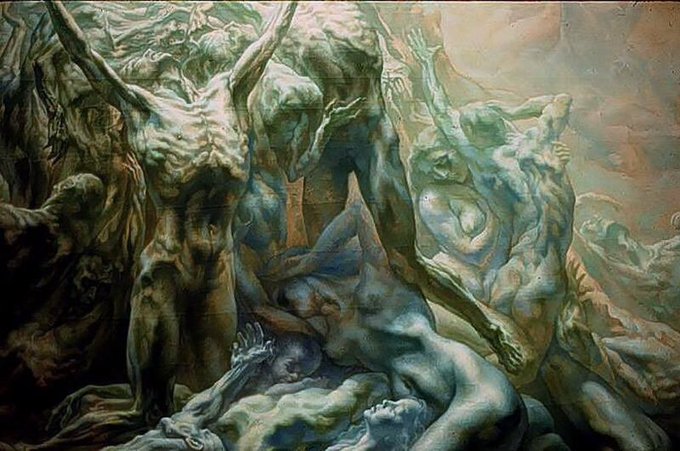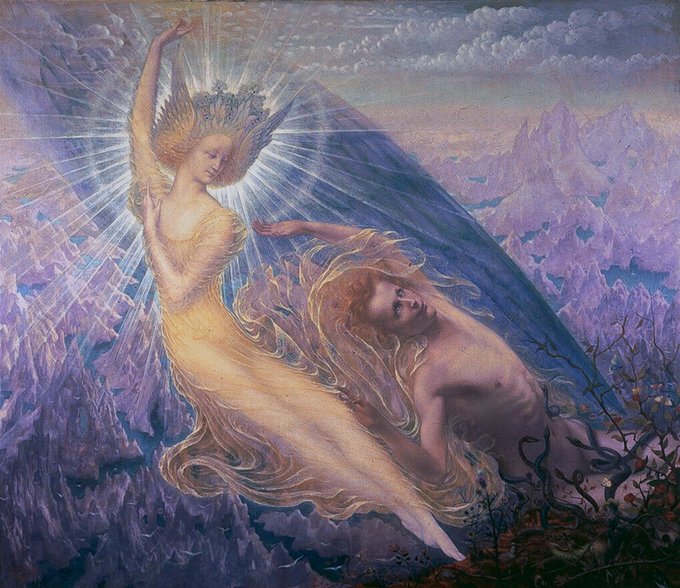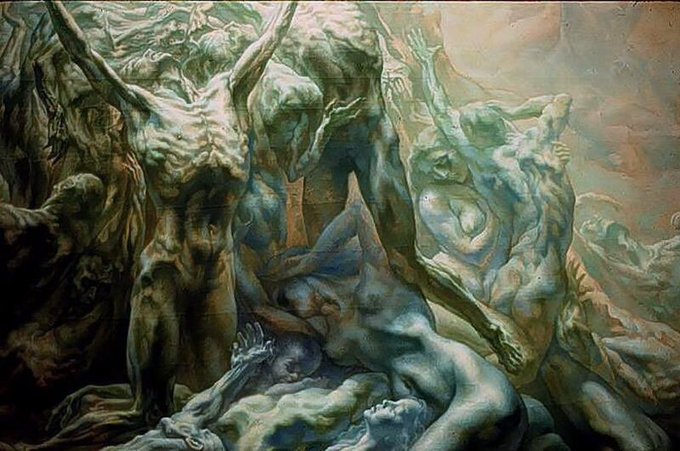Delville was a writer, theosopher & philosopher who turned more towards the written word after 1900. He became General Secretary of the Belgian Theosophical Society (1911). The Love of Souls (1900), Study & Final image for Prometheus (1904)
In 1895 he won the Prix de Rome which was seen as a conservative prize. Some of his avant garde colleagues expressed jealous outrage. The Prix turned him towards study of the Classical. God-man (1895) & Christ Glorified by the Children (1894)
He moved on to the Salons de la Rose+Croix (1892-5). Satan’s Treasures (1895) & Self-Portrait (1896). Images, such as that of Satan, appealed to the imagination of his audiences. It was the science fiction of his day & mirrored interest in horror fiction at the time.
From 1892-5 he set up the group Pour L’Art which was about Idealism. His work met with popular success. Orpheus’ Death (1893), Portrait of Madame Delville (1893) & Angel of Splendour (1894). He was a collegial artist in that he tended to be a member of a group.
From 1888-9 he evolved further & turned towards a form of Symbolism called Idealism. The Evil of Perversity (1891), Portrait of Madame Stuart-Merrill (1892) & Medusa (1893). Belgium was a key centre of Symbolism at the time.
Thread: Jean Delville (1867-1953) was a Belgian Symbolist painter. His art was a fantasy of dramatic compositions & lighting, characterised by melodrama. I think we’ll see this fin de siècle style gain in popularity in the coming years.
Caravaggio went on the run after stabbing a man to death, and died without realising that the pope would reprieve him. He was one of the greats of Italian art. Here he paints himself as Goliath (1610) near the end of his life. His honest & power is astonishing
Light & dark mark out Caravaggio’s work as well as the inclusion of ordinary people playing saintly roles. The latter led to criticism. Here is his Conversion of St Paul (1601) & Incredulity of St Thomas (1601)
